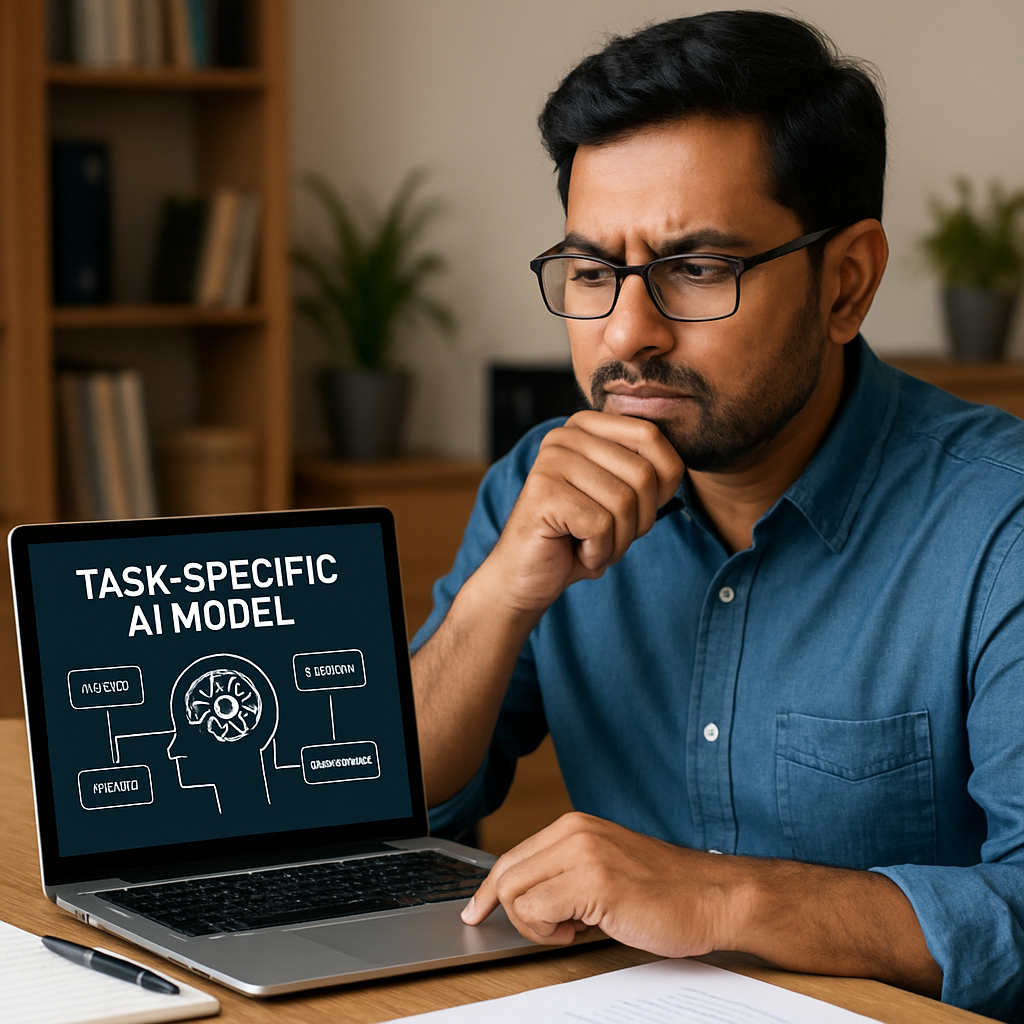OpenAI CEO Sam Altman admitted his company “totally screwed up” the GPT-5 rollout after users complained the model felt too cold and robotic. The candid admission came during a rare dinner with reporters, revealing major strategic shifts ahead.
Why GPT-5 Launch Failed to Impress
GPT-5 launched August 7 to widespread disappointment. Users found responses too formal compared to GPT-4o’s warmer tone. “I literally lost my only friend overnight,” one Reddit user posted about the personality shift.
The backlash forced OpenAI to restore GPT-4o as an option for Plus users within days. “We’ve learned a lesson about what it means to upgrade a product for hundreds of millions of people in one day,” Altman said.
Despite user criticism, API traffic doubled in 48 hours. ChatGPT now serves nearly 700 million users weekly, quadrupling its base in one year.
Strategic Advantage: Trillion-Dollar Infrastructure Vision
Altman revealed OpenAI’s most ambitious plan yet. The company expects to spend trillions on data center construction to scale ChatGPT to billions of daily users.
“You should expect OpenAI to spend trillions of dollars on data center construction in the not very distant future,” Altman told reporters. This transforms OpenAI from a software startup into an infrastructure giant rivaling global utilities.
The limiting factor isn’t technology but hardware. “We have better models, and we just can’t offer them, because we don’t have the capacity,” Altman admitted. GPU shortages restrict launching superior models already developed by OpenAI.
What Business Leaders Should Know
- Brain-computer interfaces to rival Elon Musk’s Neuralink
- Potential Google Chrome acquisition if regulators force sale
- New financial instruments to fund massive compute investments
- AI-driven social media platforms
ChatGPT already ranks as the fifth biggest website globally. Altman plans to surpass Instagram and Facebook, targeting third place behind Google and YouTube.
Risks and Considerations for Global Markets
Altman acknowledged AI investment bubble concerns while defending massive infrastructure spending. “We can spend $300 billion and sell $400 billion in services,” he argued.
The company remains unprofitable due to training costs but generates profit from inference operations. “If we didn’t pay for training, we’d be a very profitable company,” Altman said.
OpenAI plans faster model releases than the GPT-4 to GPT-5 timeline. “I think it’ll be faster than the previous ones,” Altman confirmed, citing a strong research roadmap ahead.
User Experience Improvements Rolling Out
OpenAI announced several GPT-5 fixes based on user feedback:
- Warmer responses with phrases like “Good question” and “Great start”
- Three operation modes: Auto, Fast, and Thinking
- Restored GPT-4o access for Plus users under Legacy models
- Increased usage limits to 3,000 weekly messages in Thinking mode
- Better UI for model selection and switching
Nick Turley, ChatGPT product head, explained the personality issue: “GPT-5 was just very to the point. Many people really like the fact that ChatGPT would actually check in with you.”
Altman emphasized balance in user relationships, noting “way under” 1% have unhealthy chatbot dependencies. The company avoids developing overtly personal AI to prevent exploitation of vulnerable users.
The infrastructure race now defines AI competition success. OpenAI’s trillion-dollar vision signals the industry’s shift from algorithm development to massive physical backbone requirements. Business leaders should prepare for AI services demanding unprecedented capital investment and energy supply chains.


